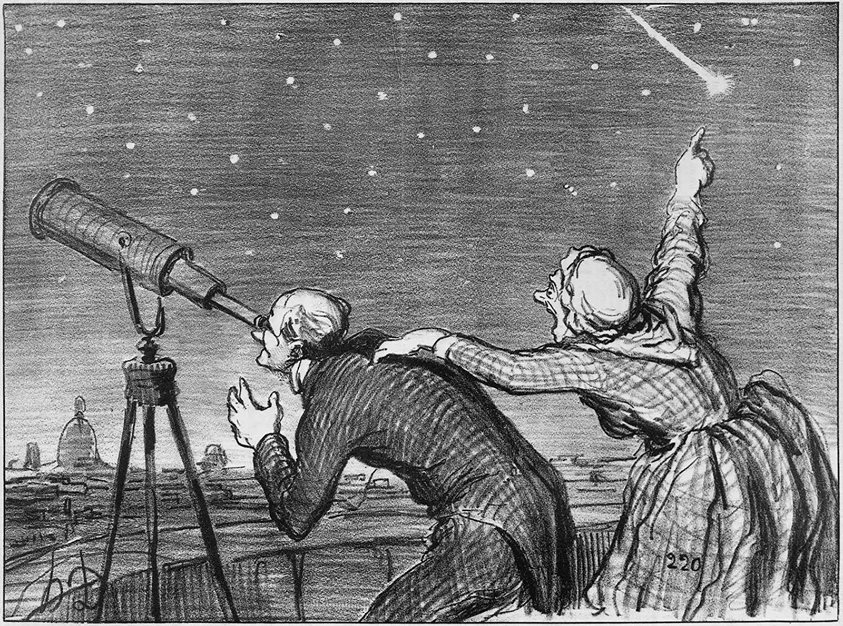ASTRONOMICAL EVENTS-

September 2, 2020 – October 7, 2020
- September 2 – Full Moon of Virgo. The Moon will be located on the opposite side of the Earth as the Sun and its face will be fully illuminated. This phase occurs at 05:23 a.m. GMT. This full moon was known by early Native American tribes as the Corn Moon because the corn is harvested around this time of year.
- September 11 – Neptune at Opposition. The blue giant planet will be at its closest approach to Earth and its face will be fully illuminated by the Sun. It will be brighter than any other time of the year and will be visible all night long. This is the best time to view and photograph Neptune. Due to its extreme distance from Earth, it will only appear as a tiny blue dot in all but the most powerful telescopes.
- September 17 – New Moon of Virgo. The Moon will be located on the same side of the Earth as the Sun and will not be visible in the night sky. This phase occurs at 11:00 a.m. GMT. This is the best time of the month to observe faint objects such as galaxies and star clusters because there is no moonlight to interfere.
- September 22 – September Equinox. The September equinox occurs at 1:30 p.m. GMT. The Sun will shine directly on the equator and there will be nearly equal amounts of day and night throughout the world. This is also the first day of fall (autumnal equinox) in the Northern Hemisphere and the first day of spring (vernal equinox) in the Southern Hemisphere.
- October 1 – Full Moon of Libra. The Moon will be located on the opposite side of the Earth as the Sun and its face will be fully illuminated. This phase occurs at 9:06 p.m, GMT. This full moon was known by early Native American tribes as the Hunters Moon because at this time of year the leaves are falling and the game is fat and ready to hunt. It has also been known as the Travel Moon and the Blood Moon. This full moon is also known as the Harvest Moon. The Harvest Moon is the full moon that occurs closest to the September equinox each year.
- October 1 – Mercury at Greatest Eastern Elongation. The planet Mercury reaches greatest eastern elongation of 25.8 degrees from the Sun. This is the best time to view Mercury since it will be at its highest point above the horizon in the evening sky. Look for the planet low in the western sky just after sunset.
- October 7 – Draconids Meteor Shower. The Draconids is a minor meteor shower producing only about 10 meteors per hour. It is produced by dust grains left behind by comet 21P Giacobini-Zinner, which was first discovered in 1900. The Draconids is an unusual shower in that the best viewing is in the early evening instead of early morning like most other showers. The shower runs annually from October 6-10 and peaks this year on the night of the 7th. The second quarter moon will ensure dark skies in the early evening for what should be a good show. Best viewing will be in the early evening from a dark location far away from city lights. Meteors will radiate from the constellation Draco, but can appear anywhere in the sky.

Leave a Reply